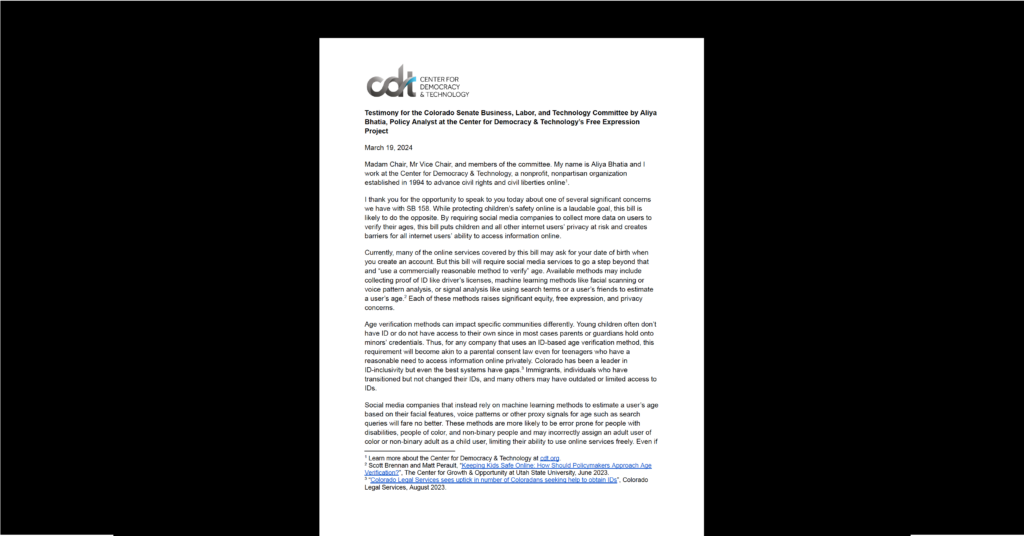How the Internet Gave Women a Voice in Iran: A brief history
I was very excited to attend the panel "2009 Iran Election: Women's Revolution? Twitter Revolution?" Before I headed out to SXSW, I'd read a history of modern Iran (All the Shah's Men, by Stephen Kinzer), and I'm half-Iranian. I learned that Twitter was just another way Iranian citizens have worked to incite social change, and that Iranian women have been using the Internet to their advantage for nearly a decade. Panelist Dr. David Parry, an Assistant Professor Emerging Media at UT Dallas, underscored that history by stating that the so-called "Iranian Twitter Revolution" was a revolution for Twitter – not necessarily for Iran.
Another panelist, Mona Kasra, a new media artist and educator from UT Dallas, explained briefly how the voice of Iranian women has evolved because of the Internet. In 2001, an influential Iranian blogger named Hossein Derakhshan released a document explaining how to create a blog in Farsi (two years ago he was imprisoned by the Iranian government and remains behind bars today). The Iranian blogging world exploded, and women were eager to embrace the technology. Frank and honest diary blogs, which were not meant to be inflammatory – just simple thoughts on daily events – were at first frowned upon by men, who eventually learned to tolerate their existence.
The Iranian government was not so understanding. Women bloggers became so prolific the government felt threatened. In an attempt to nullify the influence of the women bloggers the government began to block access to any site with the word "zan" (Farsi for "woman") in it. The government claimed that this was an effort to combat pornography, but this censorship was clearly overkill. This type of egregious filtering is something we're still seeing today – and it's being employed by countries we don't usually think of as oppressive.
A third panelist, Roja Bandari, a PhD student in electrical engineering at UCLA, explained the evolution of how the Internet empowered Iranian women. The Internet gave women a voice through their daily blogs, which lead to the discovery of the collaborative, disruptive power of the Internet, and eventually to the point where women began to actively campaign online for their rights. For example, the One Million Signatures campaign to demand an end to discriminatory laws against women, is run from Tehran (though the website has to hop domains frequently). The wife of Mir-Hossein Mousavi, the opposition candidate in the 2009 Iranian election, campaigned online and offline for her husband in an very outspoken way. And as we all know, when the country descended into turmoil after the election, women joined men in equal measure to voice their dissent.
The recent history of women in Iran is an excellent example of how a disenfranchised group can use the Internet to make itself heard. As new technologies develop, I am sure that Iranian women will use them to their advantage as quickly as they can, as their government will always seek to clamp down on technology. We must be grateful that we can practice free speech on the Internet, and also encourage companies to keep their services open even under pressure from foreign governments. The Internet can be a powerful vehicle for social change, and CDT is working to ensure that it can be do that anywhere in the world.


